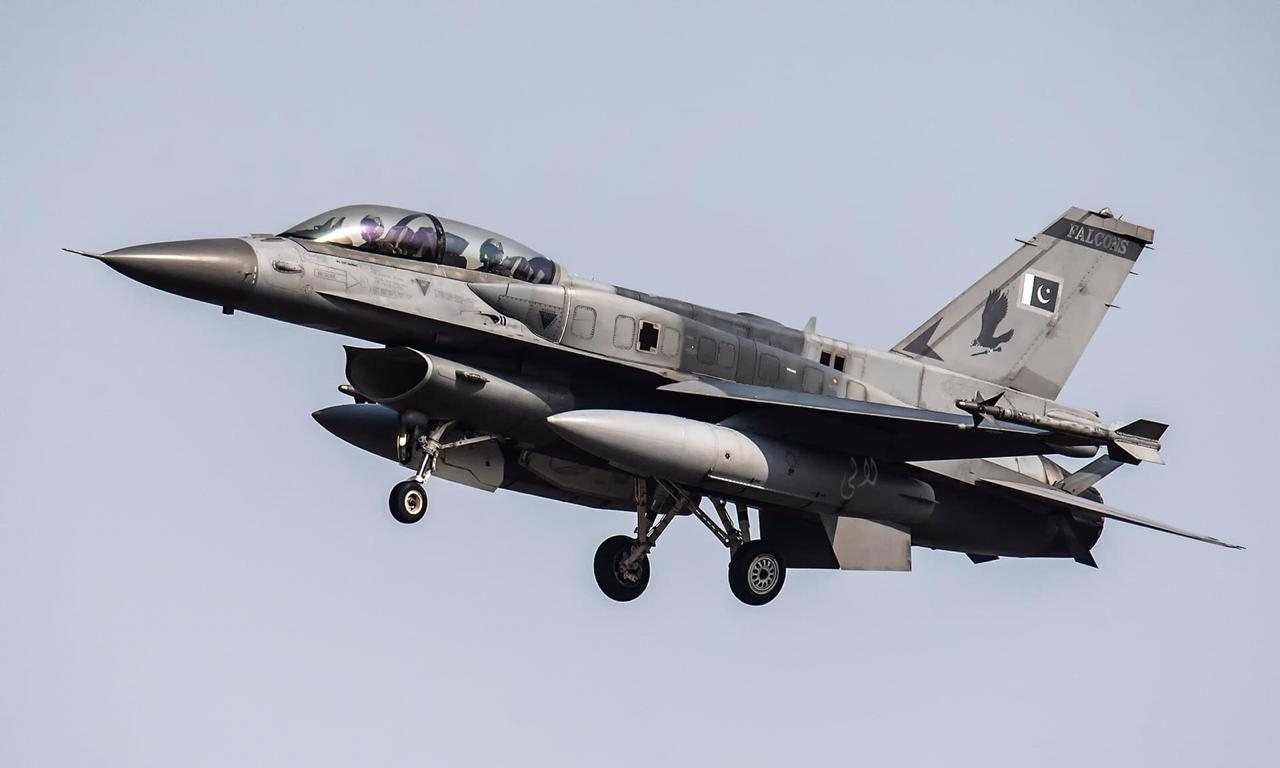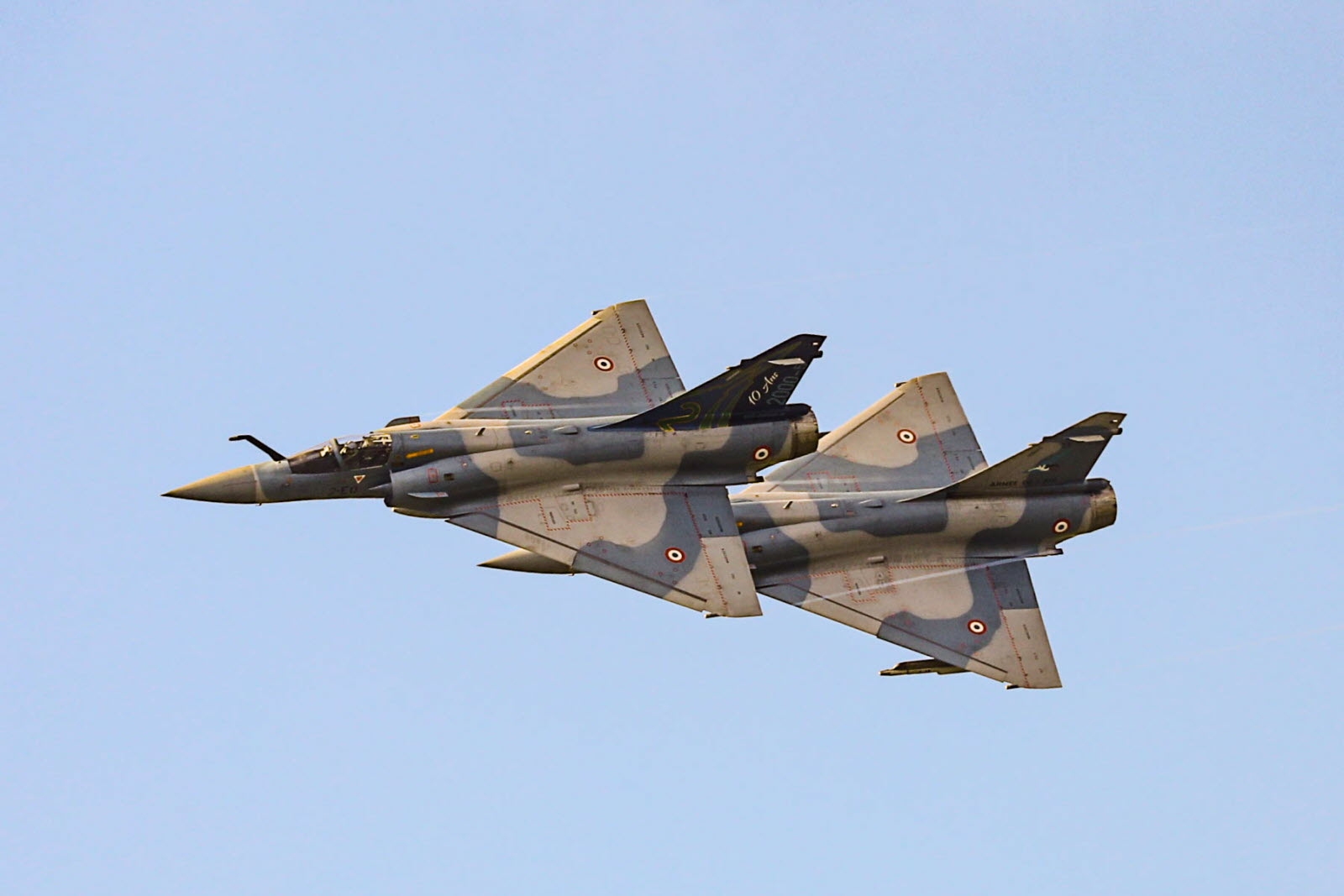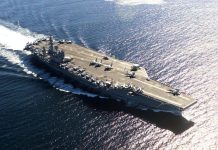The Kargil War was a historic high for the Indian Air Force. The IAF played a crucial role in inflicting a humiliating defeat on Pakistan. During the conflict, however, the Pakistan Air Force was hardly seen. Pervez Musharraf, Pakistan’s Chief of Army Staff, is said to have prevented the PAF from being involved.
To commemorate 25 years of the historic win in the Kargil War, the Indian Air Force (IAF) is celebrating the ‘Kargil Vijay Diwas Rajat Jayanti’ at Air Force Station Sarsawa from July 12 to 26, 2024.
As part of the celebrations, the IAF Chief – Air Chief Marshal V.R. Chaudhari laid a wreath at the Station War Memorial. At the ceremony, four IAF bravehearts who lost their lives during the war after a Pakistani Stinger Missile struck their MI-17 helicopter on May 28, 1999, were posthumously awarded the Vayu Sena Medal (Gallantry). The four martyred officers were Squadron Leader R. Pundir, Flight Lieutenant S. Muhilan, Sergeant PVNR Prasad, and Sergeant R.K. Sahu.
The role of the IAF in the war is well-documented. On May 10, 1999, India launched “Operation Vijay” to evict Pakistani infiltrators from Indian soil. However, the IAF was given the go-ahead to strike enemy positions on May 25, 1999, 15 days after the attack by the Indian Army began.
Despite the late entry, the IAF played an instrumental role in inflicting a humiliating defeat on Pakistan. During the conflict, which lasted more than two months, the IAF carried out around 800 escort flights, 350 reconnaissance flights, and 5,000 attack flights.
The IAF proved to be an extremely adaptable and flexible war machine in the war. At first, the Mig-21 and Mig-23, as well as the Mi-17, Mi-25, and Mi-35 helicopters, were either unable to destroy deeply entrenched enemy positions in Kargil or were having trouble operating at 16,000 feet above sea level.
Also, a Mig-21 fighter and a Mi-17 chopper were hit by the enemy’s surface-to-air missile (SAM) Stinger. All these factors compelled the IAF to develop plans beyond the scope of the Stinger.
The IAF deployed its trump card: the Mirage-2000 fighter jets. That changed the complexion of the war. Using laser-guided bombs (LGB) for precision targeting, the IAF pounded fortified enemy positions on strategic locations like Tiger Hill, Tololing, Point 5140, and a Pakistani supply base in the Batalik sector.
The Indian Army headquarters praised the IAF’s outstanding performance and sent a message to them saying, “You guys have done a wonderful job. Your Mirage boys, with their precision laser-guided bombs, targeted an enemy Battalion HQ in the Tiger Hill area with tremendous success. Five Pakistani officers were reported killed in that attack, and their Command and Control broke down, as a result of which our troops have literally walked over the entire Tiger Hills area. The enemy is on the run…”
The IAF’s performance was so good that after its deployment, not a single army ground operation was carried out before the IAF’s attacks.
Further, retired Air Chief Marshal B.S. Dhanoa, who served as the Commanding Officer of the ‘Golden Arrows’ 17 Squadron during the Kargil War, emphasized the Indian Air Force’s rapid adaptability during the conflict. He said during a press conference in Gwalior that the upgrade of the jets, which included integrating them with 1000-pound laser-guided bombs and targeting pods, was finished in just 12 days.
He pointed out, “The deployment of the Mirage-2000s and the air support provided by the IAF changed the complexion of the war in favor of India.”
While the role of the IAF has been remembered often and honored, the non-participation of the PAF in the conflict has been a topic that has not been explored. There are quite a few reasons the Pakistan Air Force never actively got involved in the Kargil War.
Pakistani Army Did Not Involve PAF
While the intrusion in Kargil by Pakistani soldiers and insurgents had begun as early as February 1999, preparations had started as soon as Pervez Musharraf assumed office in October 1998 as Chief of Army Staff.
However, according to retired Air Commodore M. Kaisal Tufail’s report on the war, “Role of the Pakistan Air Force During the Kargil Conflict,” for the Centre for Land Warfare Studies, the army informed the PAF about the operation two days after the start of hostilities with India on May 12, 1999. As per his account, the then PAF Air Marshal Zahid was told to send a team for a briefing at HQ 10 Corps about the “Kashmir Contingency” on May 12, 1999.
Thus, the PAF’s omission from the Kargil War planning meant that it was completely unprepared to challenge the superior IAF in the skies.
Air Commodore Tufail mentioned that the PAF was in no state to take on the IAF. He pointed out that the F-16s, which were the only capable Pakistani planes that could challenge the IAF, had to be used sparingly since the spare inventory from the US was very low due to the prevailing sanctions on the nation.
The PAF feared that in the event of a full-scale conflict, they would be helpless if they depleted all of their supplies of F-16 spare parts. He also mentioned that the Kargil incident might have been prevented had the PAF been included in the initial planning stages. In his interview with India Today in 2004, the Pakistani Prime Minister during the war, Nawaz Sharif too, confirmed that the PAF was not aware of General Musharraf’s plans.

Kargil Was Not An “Official War”
The Kargil conflict was not a full-blown official war. Neither side had officially declared war on the other. Pakistan had tried to fool the world by claiming that the fighters who had crossed the Line of Control (LoC) and occupied Indian peaks were Kashmiri insurgents and not soldiers of the Pakistan Army. This claim, however, was not taken seriously by the world, including the Bill Clinton administration in Washington.
The PAF could not possibly defend “insurgents” who had deserted the Army. Furthermore, although artillery and gunfire across the LoC were frequent, the dispatch of fighter jets had only happened in the 1971 conflict and would precipitate a full-scale conflict between the newly nuclear-armed states of India and Pakistan.
Additionally, since the battle was fought along the LoC, if a Pakistani plane had been shot down on Indian soil, India would have gained further global support, and that would have resulted in the further diplomatic isolation of Pakistan.
Such was the isolation of Pakistan during the war that when Pakistan Prime Minister Nawaz Sharif landed in USA on July 4, 1999, to garner US President Bill Clinton’s support for the war, the American President rebuked him and held Pakistan responsible for the conflict and for ruining the positive momentum in India-Pakistan ties after the then Indian Prime Minister Atal Bihari Vajpayee’s historic bus journey to Lahore and the signing of the Lahore Declaration.
Clinton further instructed Sharif to withdraw all his troops from the LoC. Pakistan suffered another diplomatic embarrassment as its all-weather ally and India’s strongest adversary, China, too, asked it to respect the LoC, as reported earlier by the EurAsian Times.
Superior Indian Air Force
The PAF was no match for the IAF during the war. According to reports, India’s most lethal plane during the war, the Mirage 2000, was equipped with short-range French Magic II air-to-air missiles during strike missions. They were also armed with 530D missiles, which could hunt enemy warplanes beyond visual ranges (BVR).
Also, escort fighters were equipped with Remora Electronic Warfare pods that managed to jam the radars of PAF’s planes. Air Marshal DK Patnaik (retired), who was a Squadron Leader involved in the daring night bombing of Tiger Hill, highlighted the superiority of the Mirage-2000s BVR missiles as compared to the US Sidewinder missiles operated by the PAF.

Air Marshal DK Patnaik was quoted saying by NDTV, “The closest that they came to the LoC was 30 km, and we had weapons which were Beyond Visual Range. [Our Super 530D missile] had a range of 20 km at that altitude, so they never took a chance. We had a superior missile.” The IAF, which was constantly conducting sorties around the LoC, was not engaged by the F-16s. In the same report, Group Captain Tokekar (retired) too, stated that the Pakistani F-16s started fading away 8-10 days after the arrival of the Mirage-2000s.
These claims are consistent with the disclosures provided by retired air commander Tufail, who stated that the F-16 operations were suspended after a week, albeit for different reasons.
On the same account, he, too, accepted the superior BVR missile capability of the IAF. The Mirage-2000s not only bombed Pakistani positions with high precision using laser-guided bombs but also prevented any interference of the PAF in the war.
Aggressive Patrolling By The IAF
As stated earlier, the IAF carried out 5000 strike missions, 350 reconnaissance flights, and around 800 escort flights.
The IAF, too, in its official document on Operation Safed Sagar, stated, “The effort put into air defense escorts and area Combat Air Patrolling by day as well as night proved an effective deterrent which ensured total air superiority. At times, PAF F-16s orbited a scant 15 km (on their side of the LoC) from our strike formations attacking Pakistani targets, kept at bay by our own air defense fighters flying a protective pattern above the strike.”
Air Commodore Tufail reported that the IAF had 150 fighter jets stationed nearby. The following is a detailed report of IAF fighter jet deployment in surrounding air bases:
Srinagar – 34 (MiG-21, MiG23, MiG-27)
Awantipur – 28 (MiG-21, MiG29, Jaguar)
Udhampur – 12 (MiG-21)
Pathankot – 30 (MiG-21, MiG-23)
Adampur – 46 (Mir-2000, MiG-29, Jaguar)
The IAF’s aggressive tactics, combined with its heavy fighter jet deployments, had a deterrent effect on the PAF.
Air Commodore Tufail highlighted that while the F-16s could not be operated due to a shortage of spare parts owing to American sanctions, the other PAF planes, such as F-7s, A-5s, and Mirage IIIs and Vs, were also ineffective.
In his words, the PAF was not militarily capable enough to take on the IAF: “The F-7s had reasonably good maneuverability but lacked an intercept radar as well as endurance, while the ground attack Mirage-III/5s and A-5s were sitting ducks for the air combat mission.”
- OPED By Digital Desk
- Mail us for Feedback: editor (at) eurasiantimes.com




